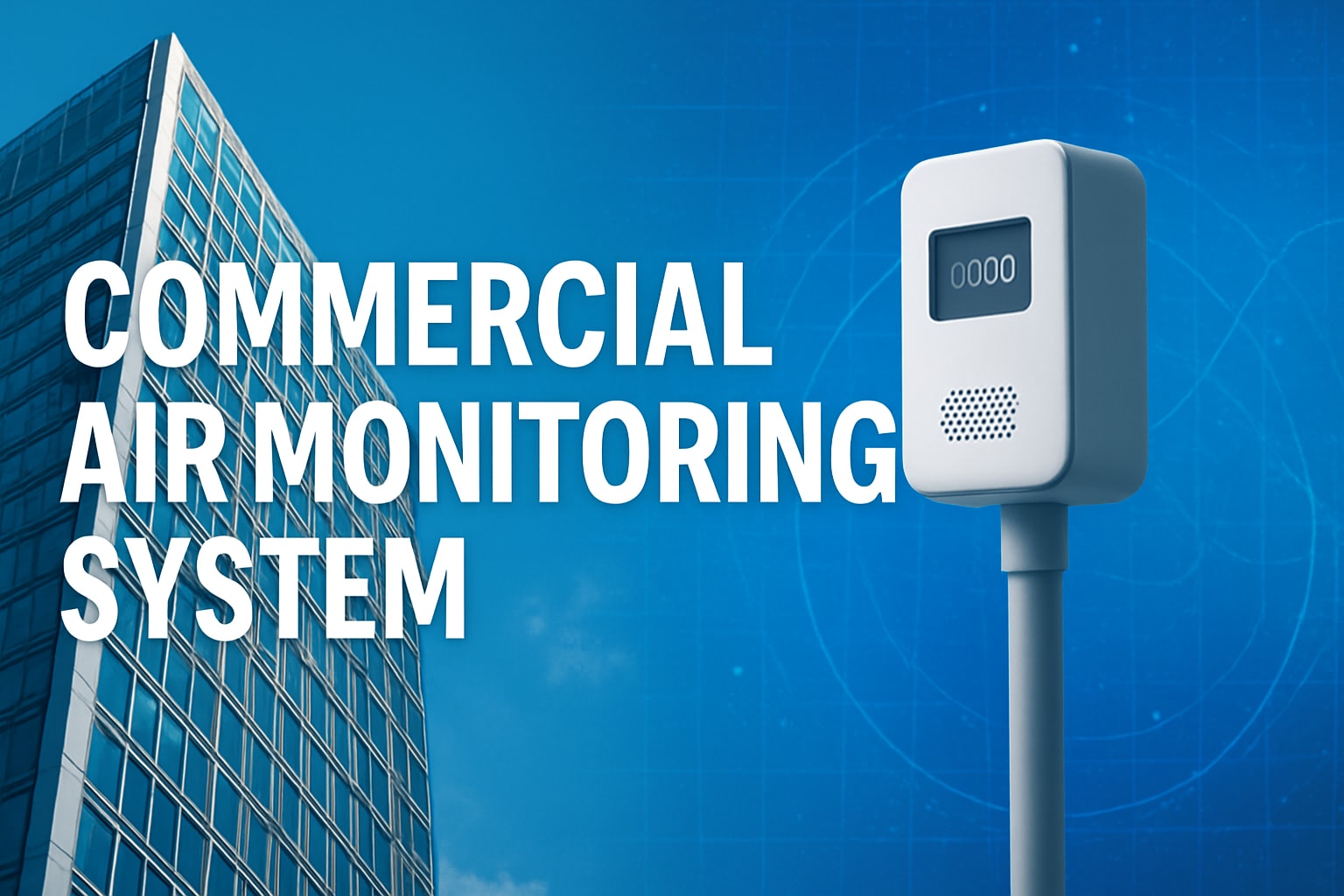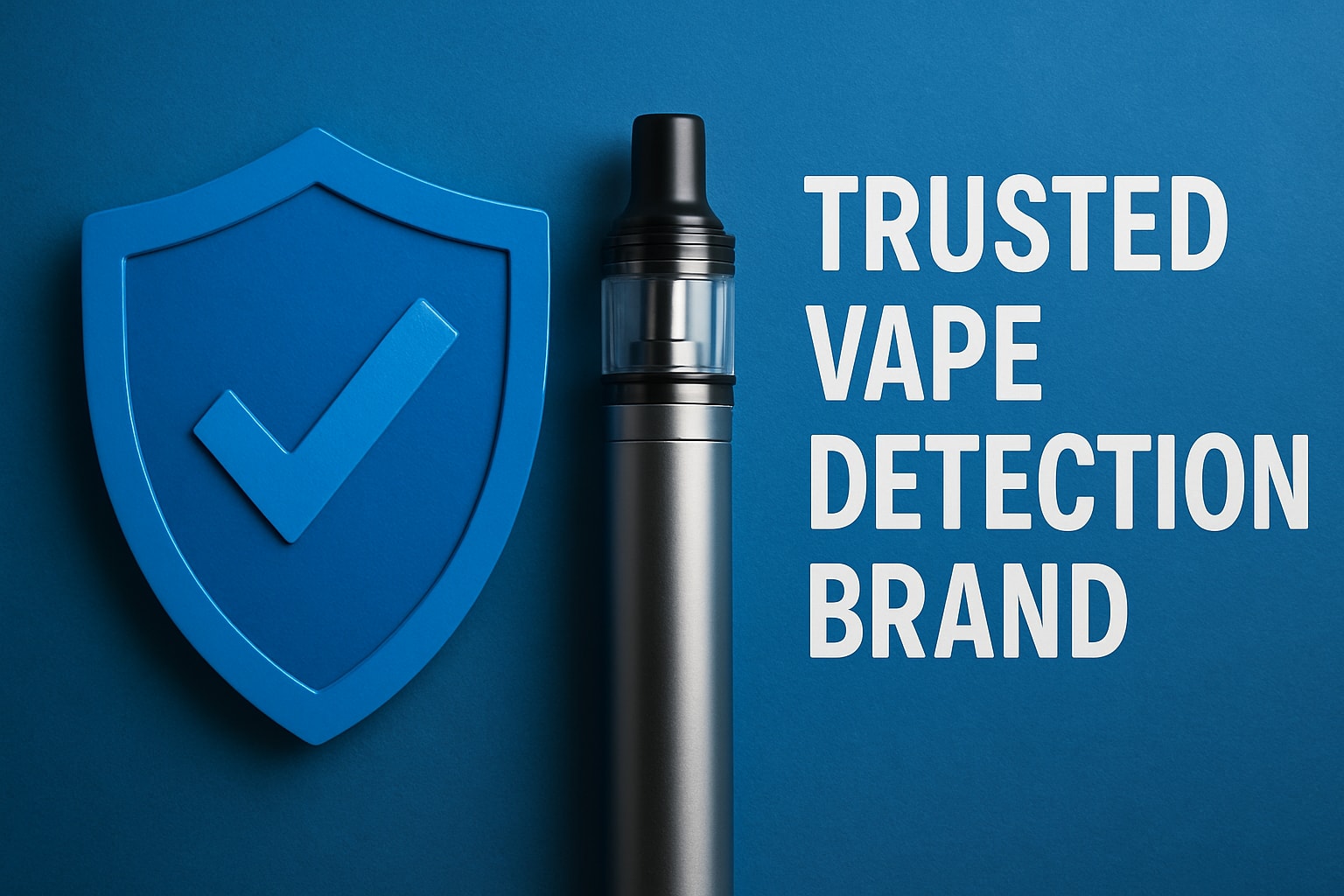In 2025, the legal landscape around vaping in schools is shifting - and headteachers need to stay ahead.
With new government restrictions, an evolving youth vaping crisis, and heightened parental scrutiny, it is more important than ever that school leaders understand the legal framework and their responsibilities.
This guide will walk you through the key updates to UK school vaping laws, what they mean in practice, and how to protect your pupils - and your staff - from the risks of non-compliance.
1. Disposable vape bans are coming - but not overnight
The UK Government has confirmed its intention to ban disposable vapes, citing their appeal to children and their environmental impact. The legislation is expected to come into force later this year, following a short grace period for retailers.
What this means for schools:
-
Pupils may try to stockpile disposables before the ban, expecting shortages
-
Some may switch to refillable or black market vapes
-
Awareness campaigns and clear communication with parents will be key during the transition
You should not assume the ban will solve the problem — it may simply change how it presents itself.
2. Schools remain vape-free zones by law
It remains a legal requirement under The Health Act 2006 for all UK schools to be smoke-free, and this includes vaping.
Whether indoors or outdoors, whether by pupils, staff or visitors, vaping is not permitted anywhere on the school premises.
It is good practice to:
-
Review your written policies annually
-
Include vaping in your behaviour policy
-
Clearly signpost your no vaping rules around the site
-
Train all staff to spot and report violations
3. Underage possession is not illegal - but supplying is
One of the legal grey areas that catches many schools off guard is that it is not currently illegal for a child to possess a vape.
However:
-
It is illegal to sell a vape to anyone under 18
-
It is illegal to purchase a vape on behalf of someone under 18
-
It is illegal to sell any nicotine vape without being registered with the Medicines and Healthcare products Regulatory Agency (MHRA)
This means your school cannot rely on the police to act when a pupil is found with a vape — but you can and should act internally, using your school’s behaviour and safeguarding policies.
4. Schools are expected to respond as part of their safeguarding duties
Vaping is now widely recognised as a safeguarding concern, particularly due to the:
-
High nicotine content in many vapes
-
Unknown long-term health effects
-
Links to anti-social behaviour
-
Impact on mental health and concentration
While there is no specific statutory duty about vaping, inspectors from Ofsted and Estyn are increasingly looking for schools to demonstrate:
-
Preventative education
-
Clear reporting procedures
-
Staff training on vaping risks
-
Data-led responses to emerging issues
5. You must educate, not just discipline
The Department for Education has repeatedly encouraged schools to take an educational approach to vaping, rather than one that is solely punitive.
Best practice includes:
-
Embedding vaping education into PSHE and science
-
Using real-life case studies and up-to-date statistics
-
Offering support for pupils who are addicted or struggling
-
Working with external organisations or local authorities
6. Schools can legally use vape detection systems
There are no legal restrictions preventing schools from installing vape detection systems in toilets, changing rooms or other key areas, provided:
-
Cameras are not installed inside toilets or cubicles
-
Data collected is handled in line with GDPR
-
Any alerts or incident reports are used proportionately
Systems like Vape Guardian provide schools with a safe, legal way to monitor and reduce vaping, while also building a bank of data to inform whole-school strategy.
7. You are entitled to confiscate vapes
Under the Education and Inspections Act 2006, schools have the right to:
-
Confiscate items deemed harmful, including vapes
-
Search pupils with consent (and in some cases, without)
-
Impose reasonable sanctions for rule-breaking
Be sure your staff know the boundaries around searching and confiscation, and always log incidents formally.
Final Thoughts
UK vaping laws are tightening - and rightly so. But as headteachers know all too well, legislation alone will not fix the problem.
The real work happens at school level: through clear policies, calm enforcement, informed parents and confident staff. It is not about catching children out - it is about protecting them.
At Vape Guardian, we are working with school leaders every day to create a future where pupils feel safe, focused and supported.
If you want practical advice or technology that makes a difference, we are here to help.











Share:
Creating a Vape-Free Policy: Free Template for Safeguarding Leads
Vaping is a gateway to smoking for 1-in-3 teens